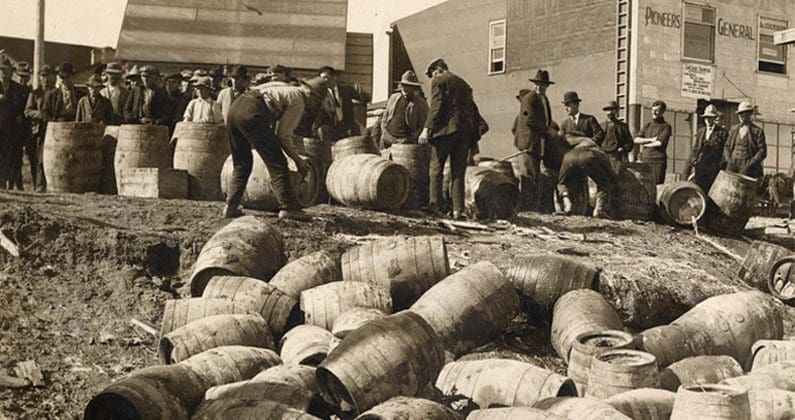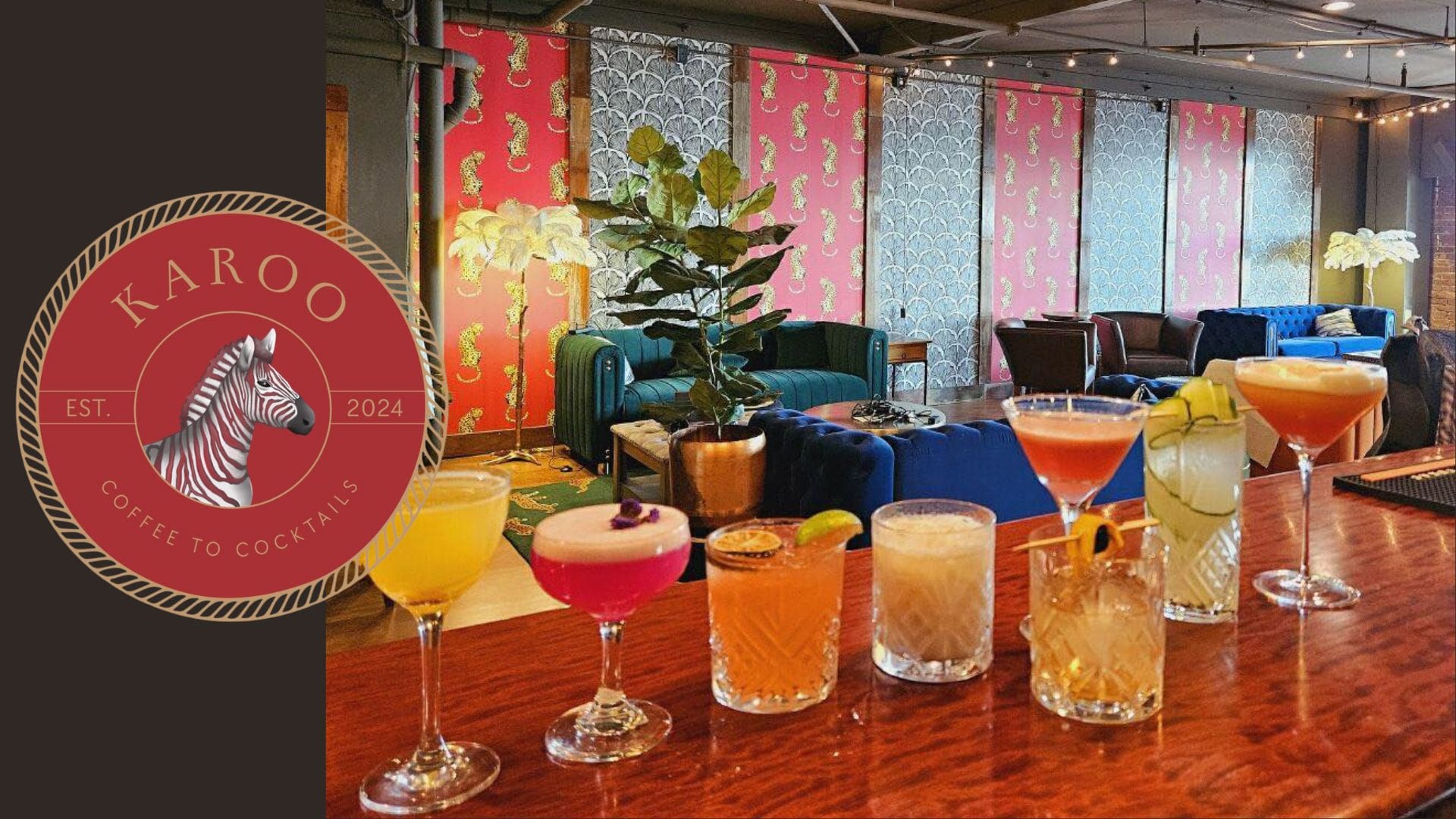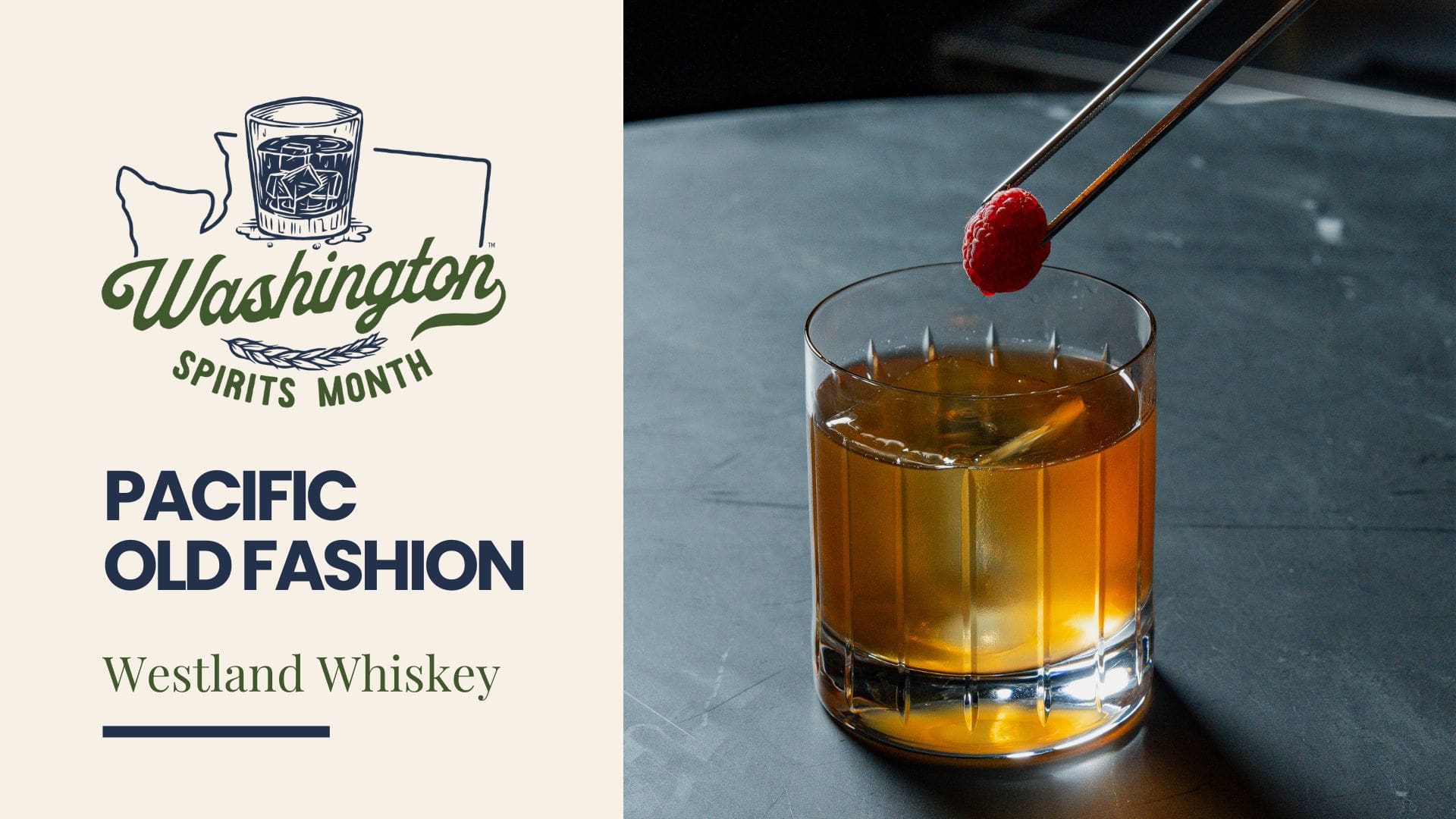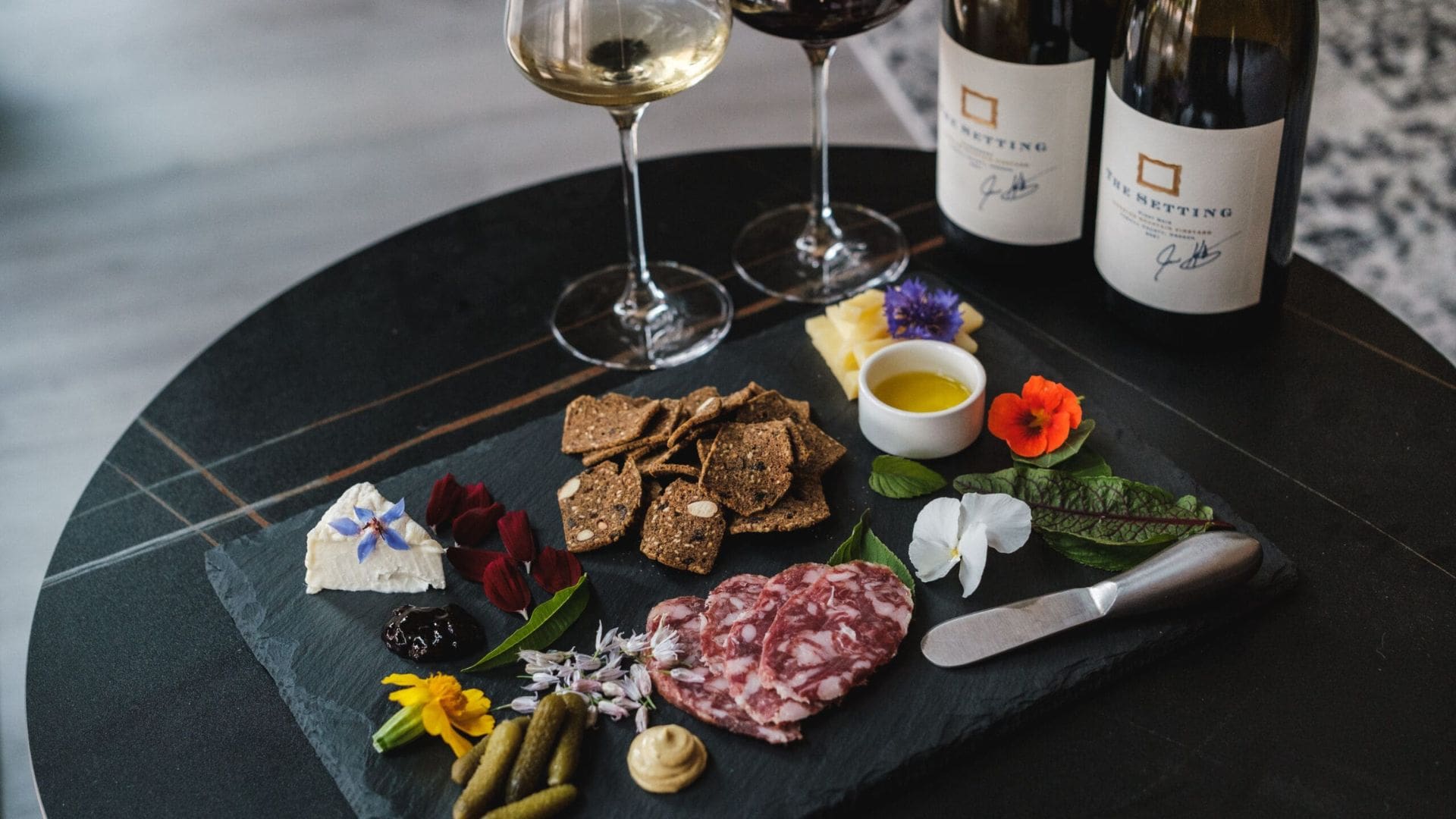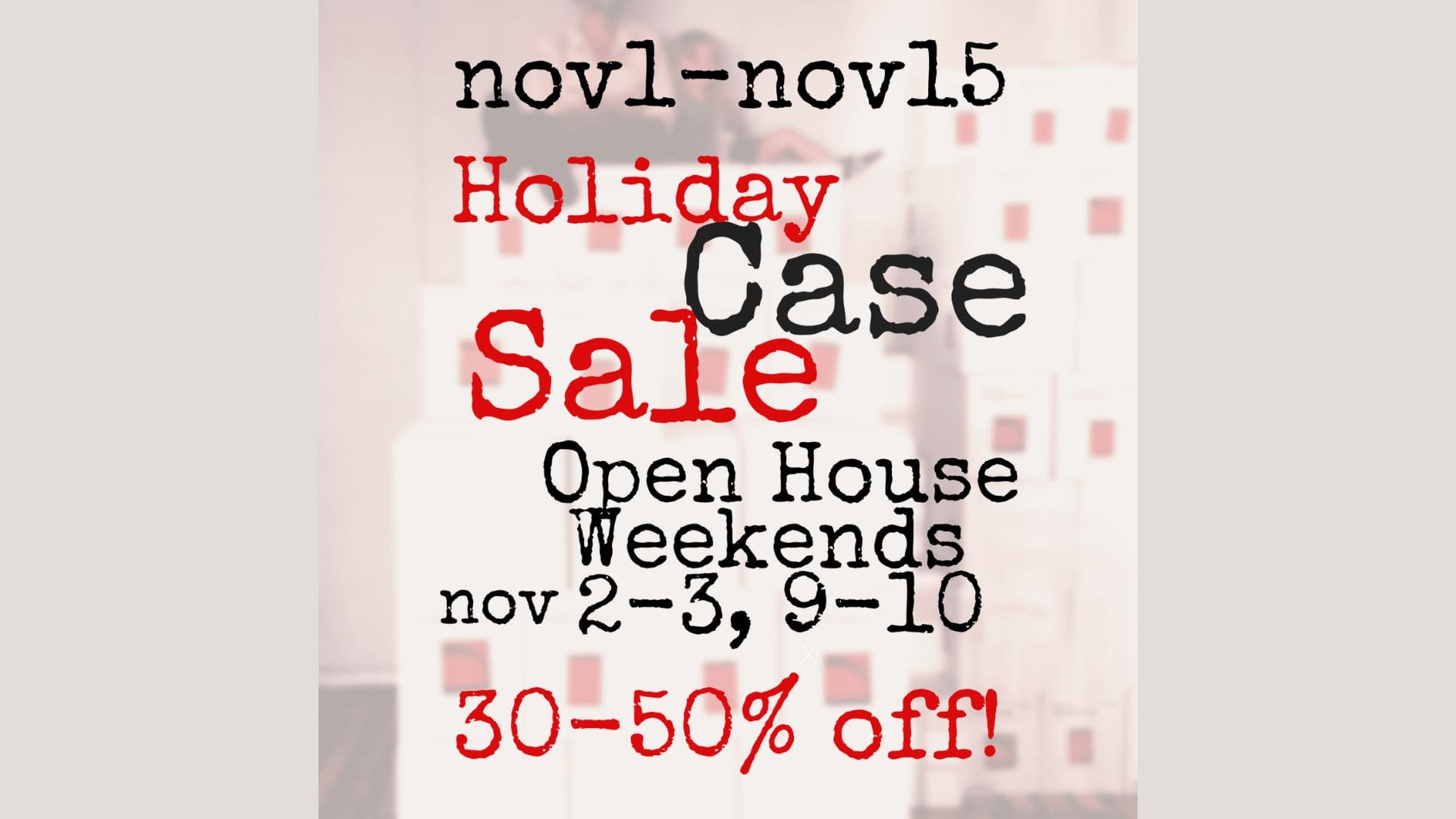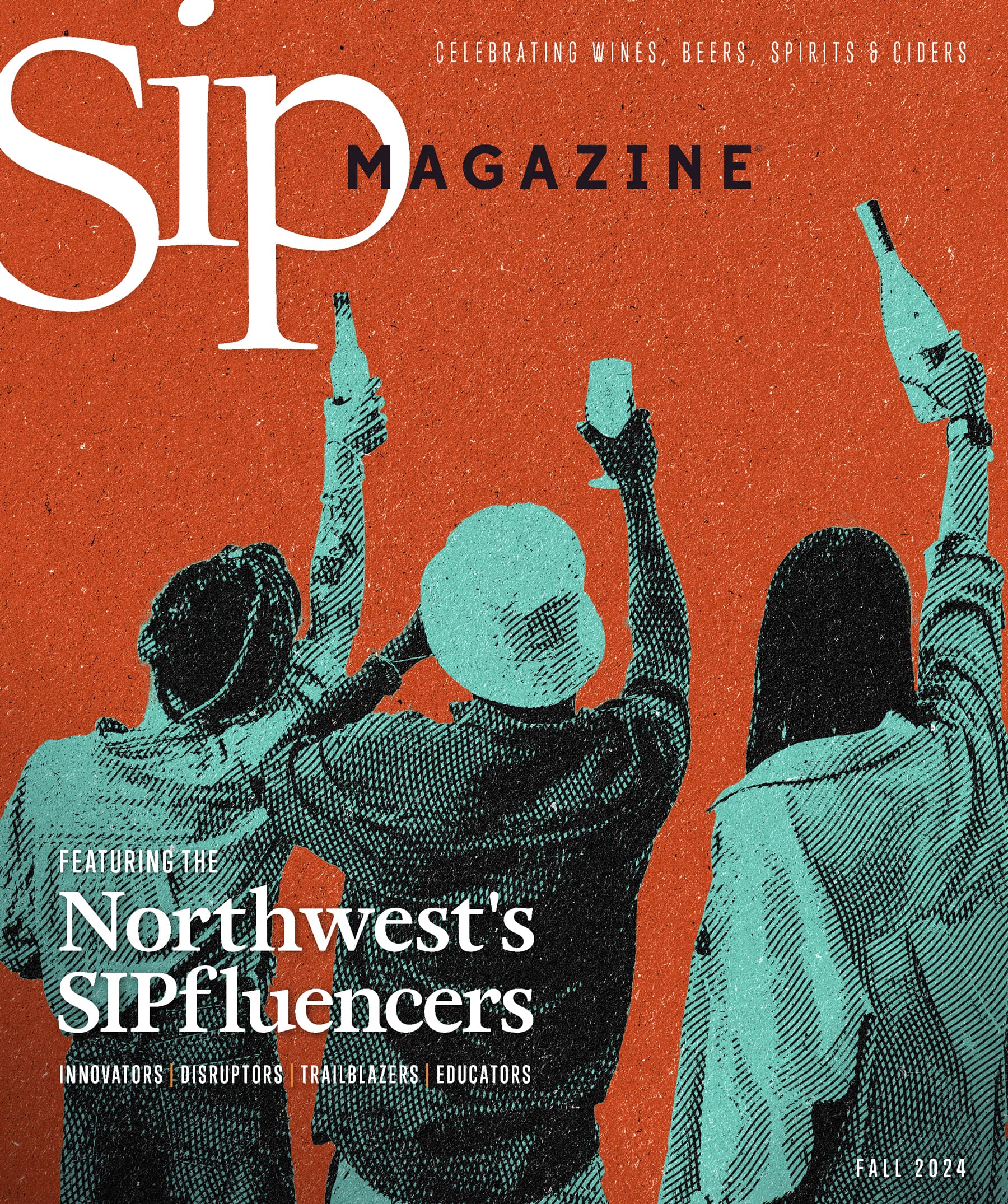Gasp: There was once a time where alcohol was banned entirely, and its repercussions are felt in the current, yet always-changing alcohol industry today. For this week’s Drink.EDU, we’re taking a quick trip down memory lane of America’s driest season.
In 1920, “Prohibition” constitutionally banned the production, sale, transportation and importation of alcohol as a way to combat an immoral society by defending morality and public health. Though “the noble experiment” showed brief signs of success in cutting alcohol consumption across the country, naturally, alcohol producers suffered after the ratification of the 18th Amendment, and unemployment soared.
In fact, many breweries turned to other industries to make ends meet — Coors went into ceramics, Pabst switched to making cheese, Anheuser Busch turned to their line-up of nonalcoholic drinks and Yuengling started making ice cream. These familiar faces survived some dark times and some of these ventures thrive today.
Secondly, those who needed a drink let little stand in their way. Consumers only got more inventive and worked loopholes in the system. In the end, Prohibition was too difficult to enforce and ultimately repealed in 1933. Those 13 years saw heightened organized crime, illegal at-home brewing and distilling, bootlegging and the rise of speakeasies and blind pigs.
Enter the Three-Tier System: producers, distributors and retailers. These three levels were created to monitor the flow of alcohol and establish fair market practices. Love it or hate it, it likely played an instrumental part to the six-pack in your fridge. It varies state-by-state, but in short, producers sell directly to distributors, distributors sell directly to retailers and the retailers sell directly to you. This was made to prevent monopoly and move product more efficiently.
Some states can allow producers to take ownership of at least two tiers. For example, the brewpub enables breweries to produce and sell on-premise direct to the consumer. Since breweries may not have the resources to distribute on their own, this gives them the outlet to sell product without depending on a distributor, while controlling the message of the beer and creating relationships with their customer base.
You’ll also notice the rise of e-commerce in the wine industry. Depending on the state, wineries can act as their own online merchant and easily ship direct-to-consumer. With this growing phenomenon, buyers have access to more wine at their fingertips and without the worry of unnecessary retail markups.
Though the system will always ebb and flow, never take your independence for granted. Visit your neighborhood brewpub this week; maybe ship a round of bottles to your home for your next tasting. The Northwest hosts a scene of underground speakeasies that pay homage to scandal of the past, like Bathtub & Gin Co. in Seattle and the Bible Club in Portland. Or drink some Prohibition-inspired libations like the Moonshine from Seattle’s 2Bar Spirits, the Kiwanda Pre-Prohibition Cream Ale from Pelican Brewing in Pacific City, Oregon, and the Volstead Vodka from Portland’s House Spirits Distillery.

